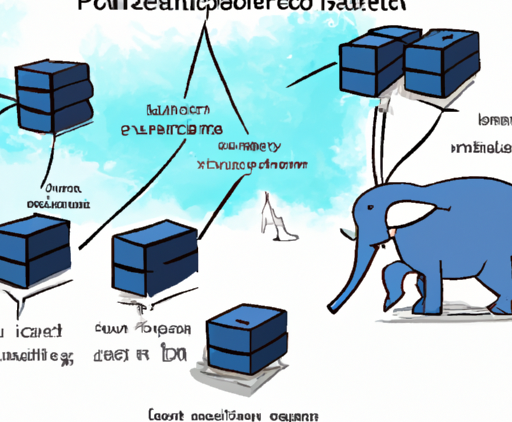Host React with Blazor Server: A Comprehensive Guide
Introduction
As developers increasingly seek to create rich, interactive web applications, integrating different frameworks has become essential. One exciting combination is hosting React within a Blazor Server application. This setup allows you to leverage the power of React for a dynamic frontend while using Blazor Server for a robust backend. In this guide, we will explore how to achieve this integration step-by-step.
What is Blazor Server?
Blazor Server is a web framework that allows developers to build interactive web applications using C# instead of JavaScript. It runs on the server and manages UI updates over a SignalR connection, providing a smooth and responsive user experience. This architecture is particularly useful for applications that require strong server integration.
Why Combine React and Blazor Server?
The combination of React and Blazor Server brings together the strengths of both technologies:
- Rich UI Components: React excels at creating reusable and interactive UI components.
- Server-side Processing: Blazor Server handles application logic and database interactions efficiently.
- Enhanced Performance: By leveraging server components, you can optimize the application’s performance.
Setting Up Your Environment
Before diving into the integration, make sure you have the following tools installed:
- .NET SDK: Download the latest version from the official website.
- Node.js: This is required to run React applications. Install it from the Node.js website.
- Visual Studio: Although optional, Visual Studio provides excellent support for both Blazor and React projects.
Creating a Blazor Server Application
First, create a new Blazor Server application using the .NET CLI:
dotnet new blazorserver -o BlazorReactAppIntegrating React into Blazor Server
To integrate a React application into your Blazor Server project, follow these steps:
1. Create a React App
Navigate to the project directory and create a new React application:
npx create-react-app react-app2. Build the React App
Once your React app is created, build it for production:
cd react-app
npm run build3. Serve React Files from Blazor
After building the React application, you need to ensure that Blazor can serve the static files. Copy the contents of the `react-app/build` folder to the `wwwroot` directory of your Blazor project:
cp -r react-app/build/* BlazorReactApp/wwwroot/</
code>4. Update the Blazor Routing
To ensure that your Blazor Server application can appropriately navigate to your React app, modify the `App.razor` file to include routing for the React components. You may set up the fallback route to render the React app:
@page "/"Welcome to Blazor React Integration
Navigate to the React App.
Testing Your Integration
With the setup complete, run your Blazor Server application:
dotnet runOpen your browser and navigate to http://localhost: (replace with the port specified in your terminal).



